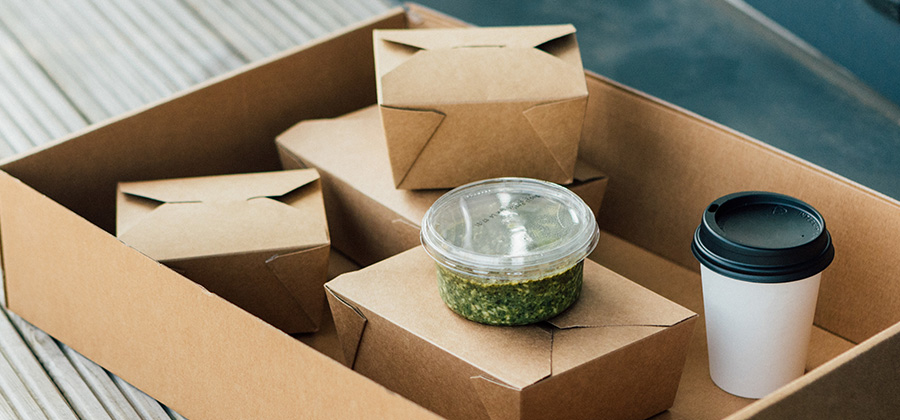intengine.com: Sustainable Packaging Whitepaper 2023
Download PDF VersionDispelling Myths about Sustainable Packaging

Sustainable packaging means additional cost to the business:
Though the cost of sustainable packaging may seem initially high, it is known to result in sustained profits in the long run. Recent research shows that companies could save as much as US $46 Billion with more sustainable packaging by adopting eco-friendly materials and processes5. Certain countries offer tax incentives to companies that use eco-friendly material.
Sustainable packaging materials are limited:
In response to the growing need for sustainable packaging, packaging firms have been constantly innovating. Green materials such as polylactic acid (PLA), bagasse, recycled paper, and post-consumer polystyrene are being used to manufacture coffee cups, plates, cutlery, and boxes.
For instance, Evocative, a New York-based biomaterials firm developed a mushroom-based material that can be used as an alternative to plastic packaging.6 Similarly, Biopac, a UK-based bioplastic developer uses polylactic acid (PLA)7 from renewable plant sources to manufacture compostable cups and food packaging.
Sustainable packaging is more wasteful:
Sustainable packaging starts at packaging design, eliminating unnecessary material and creating less packaging waste. Using plant-based plastics, biodegradable and recycled products, makes it possible to reduce the amount of waste sent to landfills. For instance, molded fiber products8 are made using biodegradable waste procured from recycling companies and individual households.
Sustainable packaging is not interesting enough:
It is not just cream and dull brown. Technology and innovation have ensured that sustainable packaging is not just capable of a purchase-worthy first impression9 but a huge customer-lure.
Companies could save
$46 Billion USD with more sustainable packaging
Recyclable Packaging does not mean sustainable packaging
What determines sustainability of packaging is the entire life cycle. When looking for sustainable solutions, companies need to consider fuel use, product-to-package ratios, the amount of materials ending up in landfills, and other factors. Although a crucial one, recyclability is just one component of sustainability. For instance, a steel can for packaging coffee seems more sustainable than a flexible pouch but it consumes 16 times as much water during the material development stage, so it could negate benefits gained from recyclability.10

